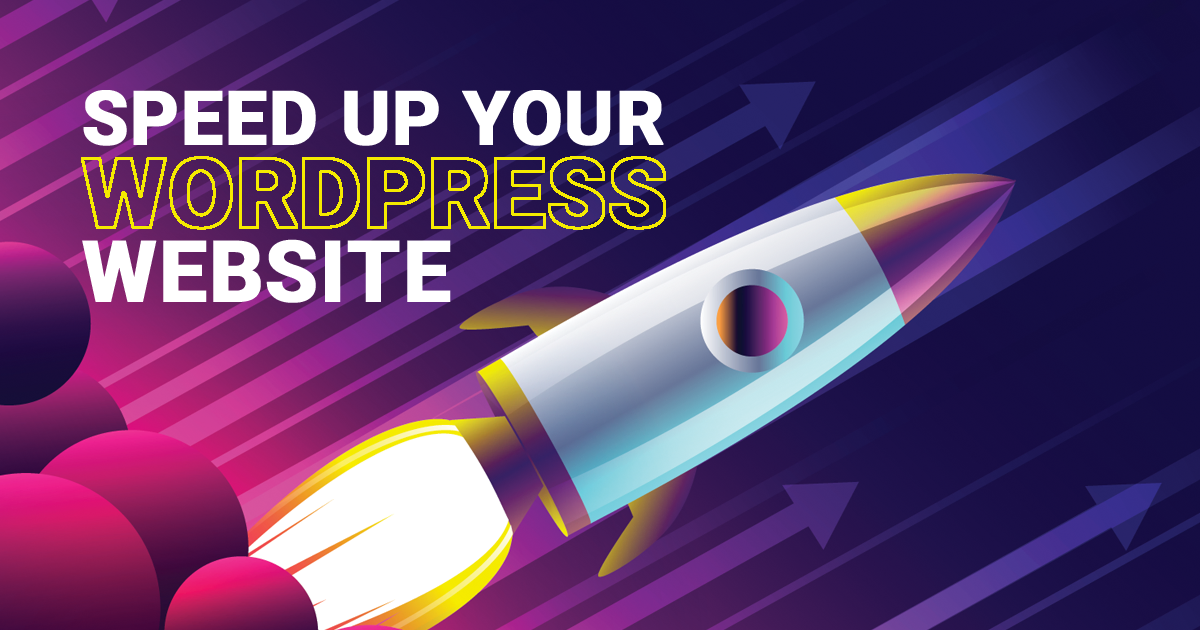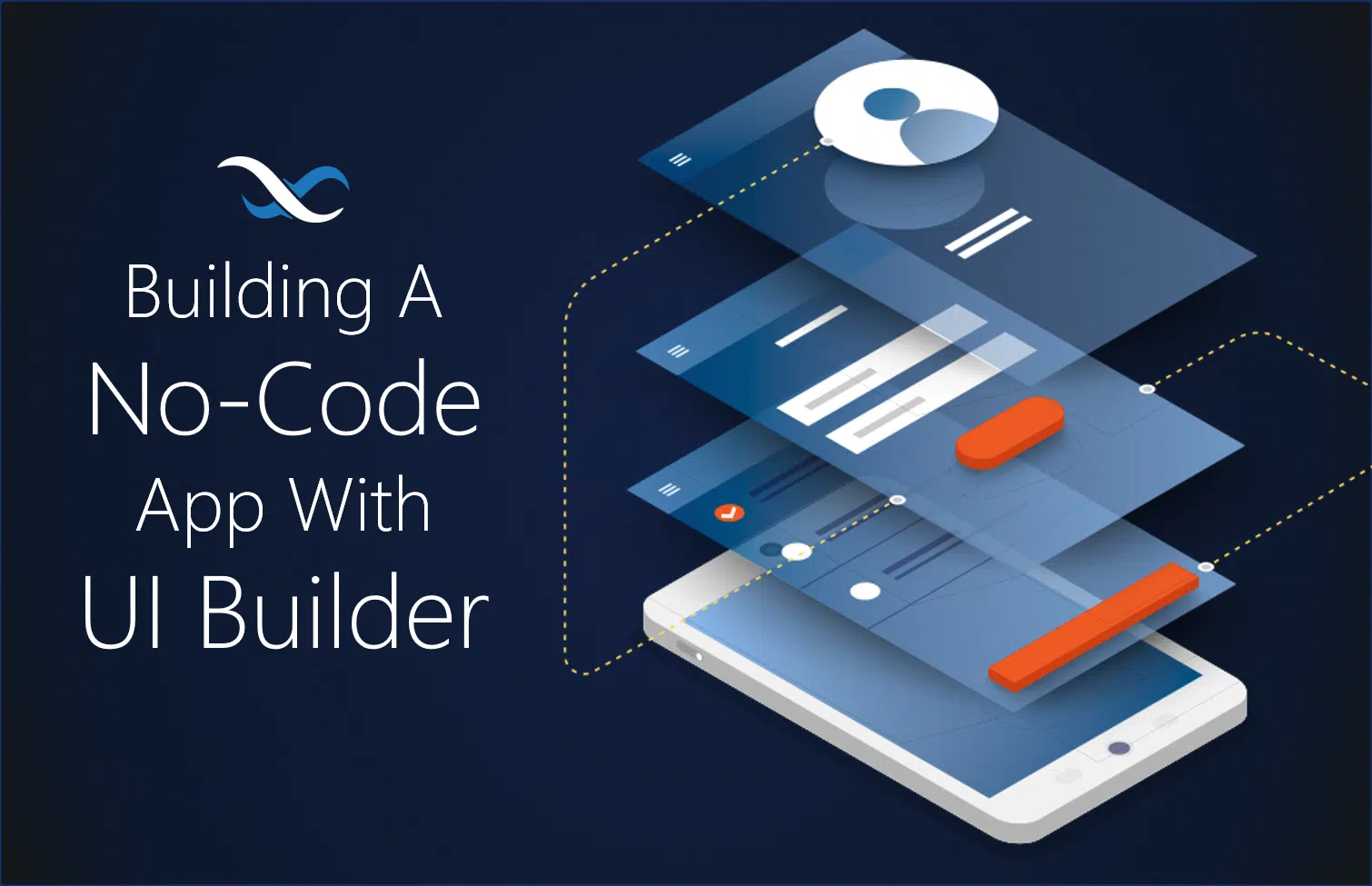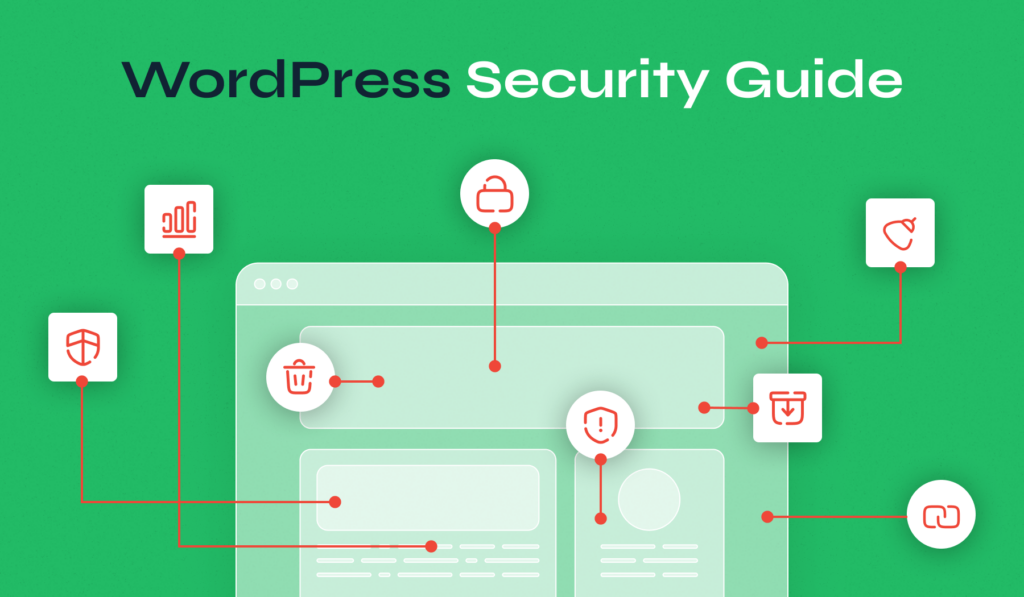Why Speed Matters for Your Business Website
Have you ever clicked on a website and left because it took so long to load? Yes, your clients also do that. Your business can be destroyed by a slow WordPress website, which will result in fewer leads, lower sales, and a decline in your SEO rankings. Speed is a revenue factor as well as a technical one. We have observed that a fast website can increase conversions by retaining visitors at Fykel's services. Google also favors speed, giving faster websites higher rankings. Do you want to increase your online income? The first step is to make your website faster.
The worst part is that conversions can drop by 7% with just a one-second lag. That is actual money being lost. To remain competitive, business owners and startup founders need a fast website. Let's examine your slowdown and how to overcome it.
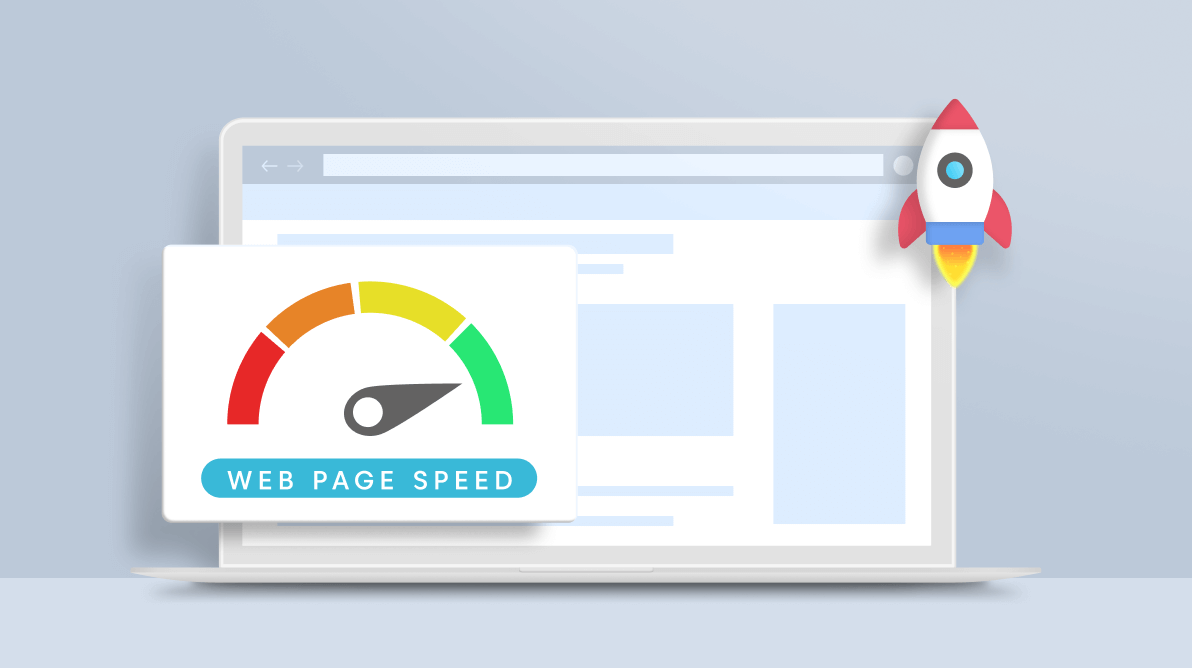
Common Speed Issues in WordPress Websites
To be honest, I had no idea why my WordPress site was so slow when I first built it. It turns out that a few common suspects are responsible for the majority of speed issues. The first step in resolving these issues and building a cost-effective, high-performing WordPress website is understanding them.
Big Pictures: Images that are not optimized are slow. It can take seconds for a single high-resolution picture to load, particularly on a mobile device. I discovered this the hard way when a large banner image on my homepage caused it to take a very long time to render.
Inadequate Hosting: Shared servers with sluggish response times are frequently associated with inexpensive hosting. No amount of tweaking will make your site lightning fast if its foundation is weak.
An excessive number of plugins: Although plugins are fantastic, overusing them can cause your website to bloat. Each one adds code, and some of them aren't speed-optimized, which makes your site load slower.
Uncached Content: Your server recreates each page for every visitor if caching is not used. That would be inefficient and slow, like preparing a fresh meal for each patron at a restaurant.
Does that sound familiar? These can be fixed, so don't worry. Now let's discuss doable ways to improve your website.
Optimization Techniques to Speed Up Your WordPress Site
It doesn't have to be a tech nightmare to speed up your WordPress website. These methods are simple, reasonably priced, and have been shown to speed up your website, enhance user experience, and increase revenue. Here's how to do it:
1. Optimize Images
The worst offenders are frequently images. To reduce image size without sacrificing quality, use a plugin such as Smush or ShortPixel. For instance, to reduce file sizes, convert large PNGs to WebP format. Don't use CSS to scale images; instead, resize them to the precise dimensions required before uploading. This easy step can reduce your site's load time by seconds, increasing its appeal to both search engines and users.

2. Implement Caching
Caching is similar to storing a prepared dish for immediate consumption. Static versions of your pages are stored by plugins like WP Rocket or W3 Total Cache, which lower server load. To enable browser caching, include this code in your .htaccess file:
ExpiresActive On
ExpiresByType image/jpeg "access plus 1 year"
ExpiresByType image/png "access plus 1 year"
ExpiresByType text/css "access plus 1 month"
ExpiresByType application/javascript "access plus 1 month"
In order to speed up subsequent visits, this instructs browsers to cache images and scripts. It's a cheap WordPress optimization tip that yields immediate benefits.
3. Use a Content Delivery Network (CDN)
The files on your website are stored on servers all over the world by a CDN like Cloudflare or BunnyCDN, which serves them from the closest location to your visitors. At first, I wasn't convinced—does it actually matter? Yes, it does. CDNs can improve load times by up to 50% and lower latency, particularly for audiences around the world. Additionally, they frequently offer security benefits, which benefits business owners.
4. Choose a Reliable Hosting Provider
The foundation of your website is your hosting company. When your site crawls, cheap shared hosting is a false economy, even though you might save a few dollars. For improved performance, choose managed WordPress hosting such as SiteGround or WP Engine. At Fykel's portfolio, we've optimized websites on top-tier hosts to provide clients with blazing-fast results.
5. Minimize Plugins and Optimize Code
Examine your plugins and remove any that you don't need. Make use of themes designed for speed, such as Astra or GeneratePress. Developers can minimize file sizes by minifying CSS and JavaScript files. This is an example of minified CSS:
body{font-size:16px;color:#333}
.header{background:#2c3e50;color:#fff}
This can be done automatically by tools like Autoptimize, which will save you time and keep your site light.
6. Enable Lazy Loading
Videos and images that are off-screen are delayed by lazy loading until users scroll to them. Lazy loading has been a feature of WordPress since version 5.5, but it can be improved with plugins like Smush. This improves SEO and keeps visitors interested by cutting down on initial load times.
7. Optimize Your Database
Your WordPress database becomes overloaded with transients, spam comments, and revisions over time. To clean it up, use a plugin such as WP-Optimize. To get rid of outdated revisions, run this SQL query (after making a backup!):
DELETE FROM wp_posts WHERE post_type = 'revision';
Faster queries and a snappier website result from a clean database, which improves user experiences and generates more leads.
Tools for Speed Testing
How do you know the changes you made worked? To make sure your website is quick and easy to use, testing is essential. It was, to put it mildly, eye-opening to discover that my website was lagging after I had previously assumed it was fine.
Google PageSpeed Insights: This free tool evaluates your website and makes recommendations for enhancements. For both desktop and mobile, aim for a score higher than 90. It's a fantastic way to gauge the effectiveness and SEO potential of your website.
GTmetrix: GTmetrix offers comprehensive reports on file sizes, load times, and areas for optimization. Use it to identify particular problems, such as slow server responses or poorly optimized images.
Pingdom: Pingdom tests your website from several different locations around the world to display how well it works for users everywhere. For companies looking to expand into foreign markets, it's ideal.
To monitor progress, run tests both before and after optimizations. If you're not getting the desired results, Fykel's group can jump right in and optimize your website to get the most speed and conversions.
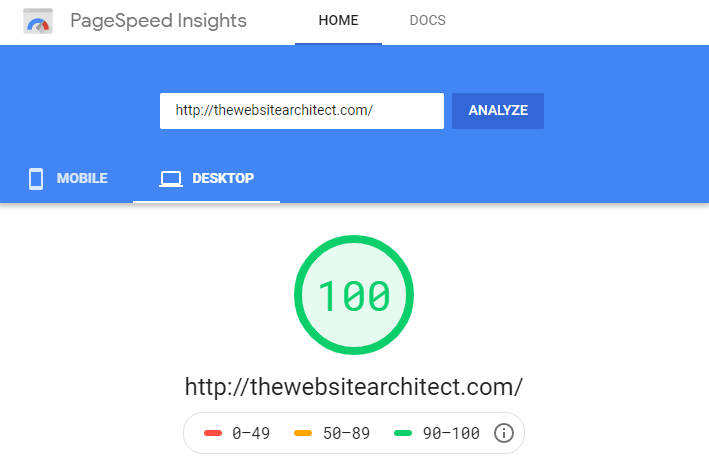
Conclusion: A Faster Website, A Thriving Business
Having a quick WordPress website isn't just about technology; it's also about increasing SEO, retaining customers, and increasing revenue. You can increase leads, conversions, and your online presence by cutting down on load time by one second at a time. These low-cost WordPress optimization strategies, which range from image optimization to CDNs, can turn your website into a revenue-generating powerhouse.
Do you think this is too much to bear? I understand that technology can be intimidating. For this reason, Fykel focuses on developing quick, distinctive websites that produce outcomes. For assistance, contact us at [email protected]. Your company should have a website that is as quick as your goals.
